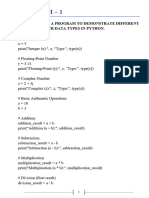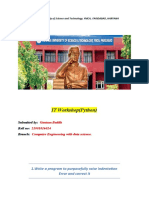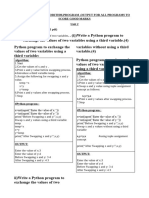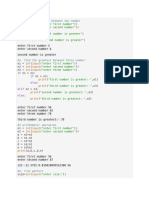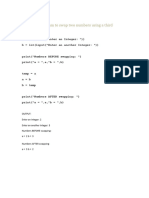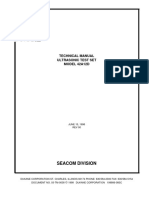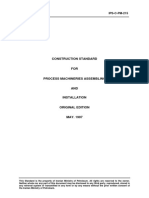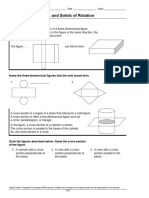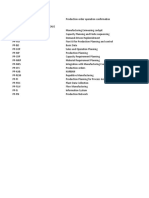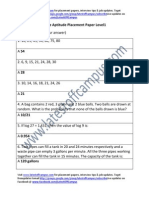0% found this document useful (0 votes)
12 views20 pagesBca 3rd Python Lab
The document contains multiple Python programs demonstrating various data types, operations on lists, tuples, dictionaries, and arithmetic functions. It also includes examples of filtering even numbers, manipulating dates, counting character occurrences, and using NumPy and pandas for array and DataFrame manipulations. Each program is accompanied by sample outputs to illustrate the functionality.
Uploaded by
tanushree0624Copyright
© © All Rights Reserved
We take content rights seriously. If you suspect this is your content, claim it here.
Available Formats
Download as PDF, TXT or read online on Scribd
0% found this document useful (0 votes)
12 views20 pagesBca 3rd Python Lab
The document contains multiple Python programs demonstrating various data types, operations on lists, tuples, dictionaries, and arithmetic functions. It also includes examples of filtering even numbers, manipulating dates, counting character occurrences, and using NumPy and pandas for array and DataFrame manipulations. Each program is accompanied by sample outputs to illustrate the functionality.
Uploaded by
tanushree0624Copyright
© © All Rights Reserved
We take content rights seriously. If you suspect this is your content, claim it here.
Available Formats
Download as PDF, TXT or read online on Scribd
/ 20










